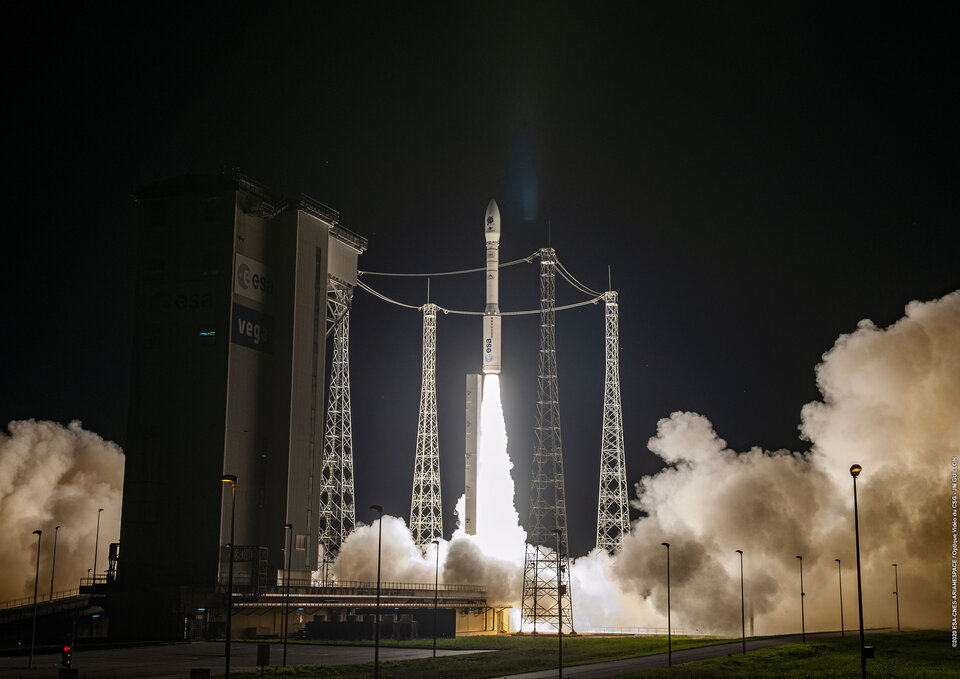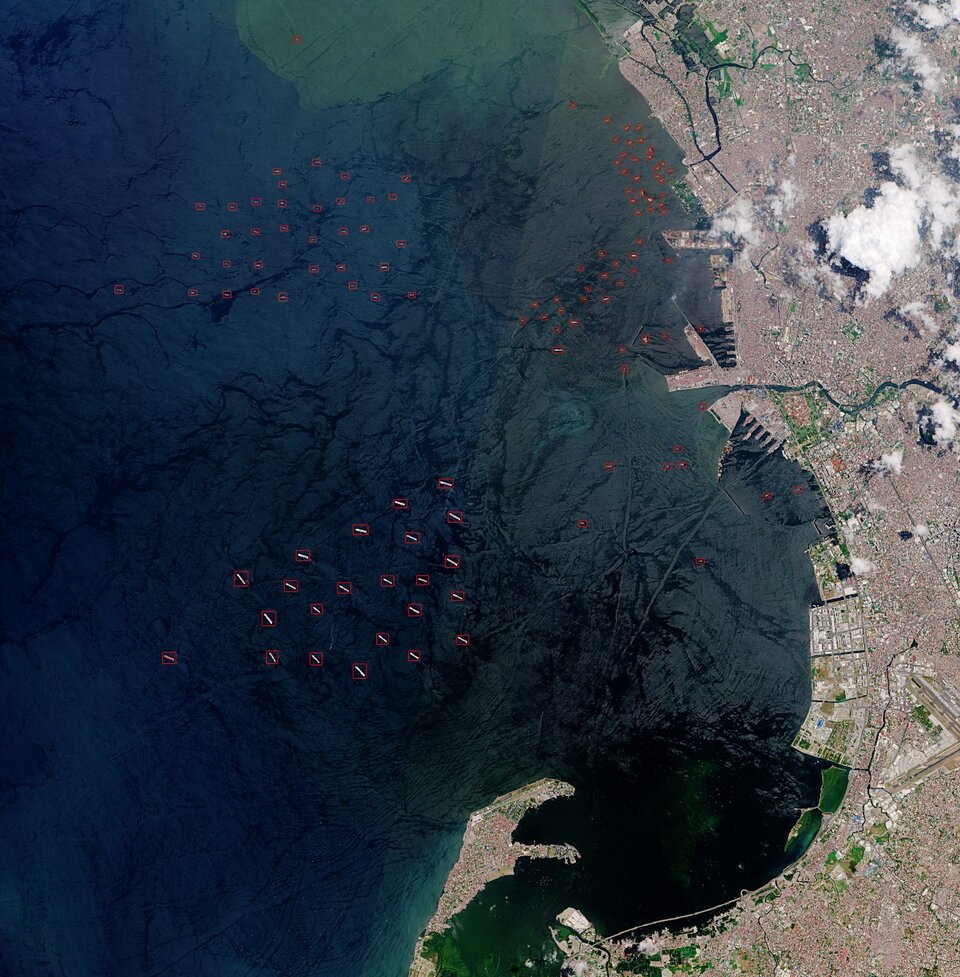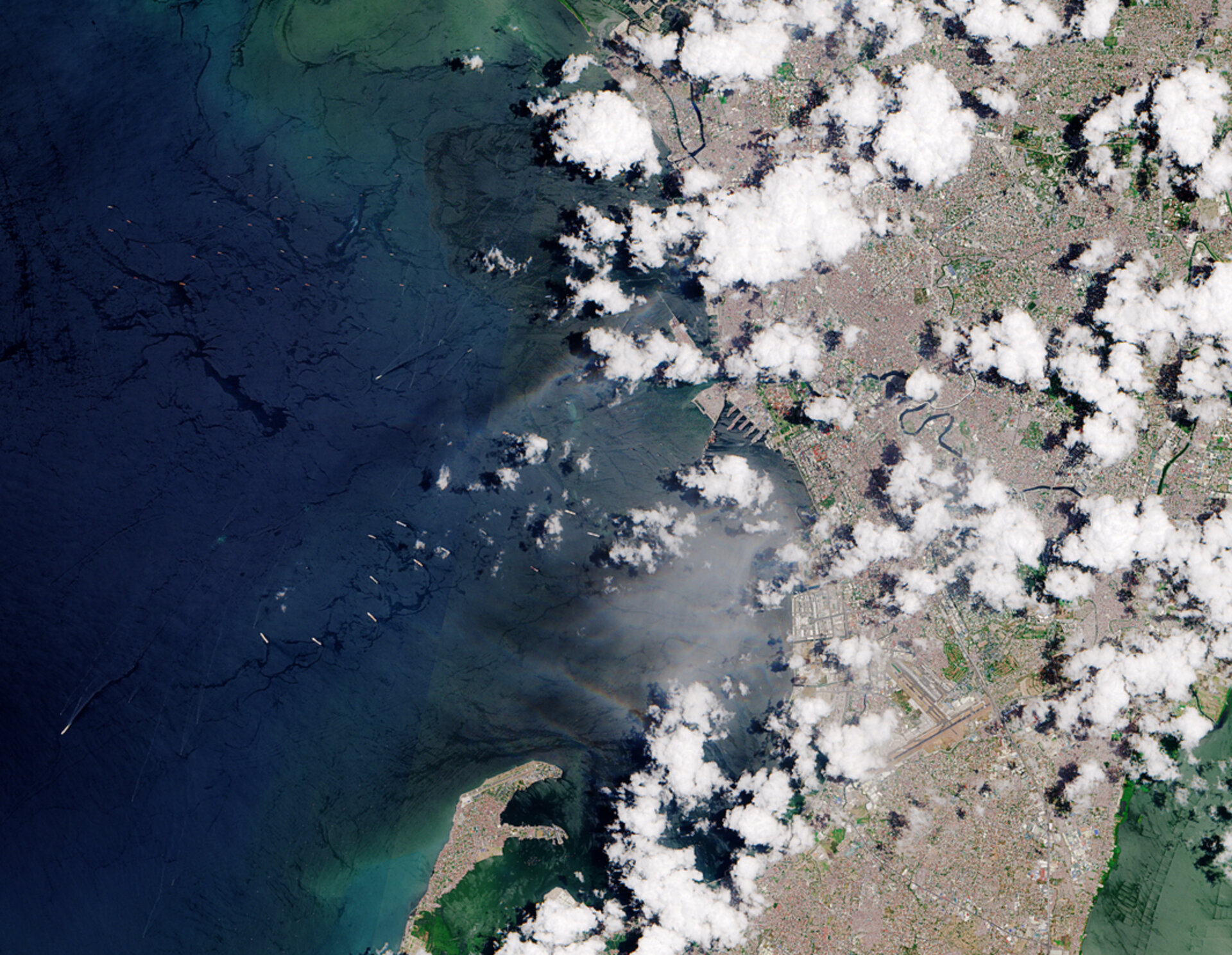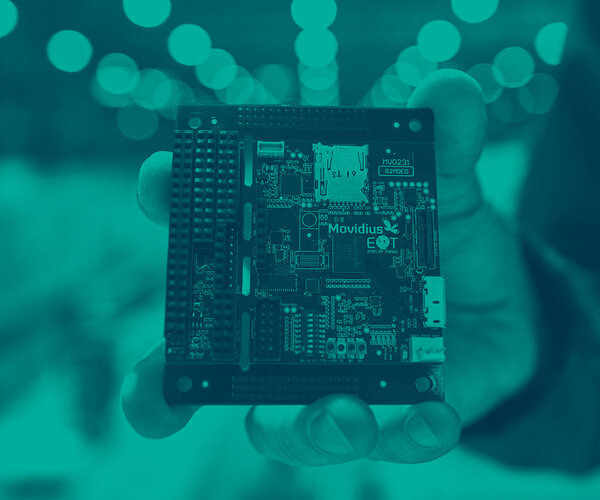Next artificial intelligence mission selected
Following yesterday’s successful launch of ɸ-sat-1 – Europe’s first artificial intelligence Earth observation mission – plans are already underway for the next innovative state-of-the-art technology, ɸ-sat-2.
ɸ-sat-1, an enhancement of the Federated Satellite Systems mission, was launched onboard a Vega rocket from Europe’s spaceport in Kourou, French Guiana, on 3 September at 02:51 BST/03:51 CEST (22:51 on 2 September, Kourou local time). ɸ-sat-1, pronounced PhiSat-1, will demonstrate how satellite data, coupled with advanced onboard digital technologies, can bring benefits to business, industry and science.
The next step, the ɸ-sat-2 mission, will further demonstrate the capabilities of artificial intelligence (AI) technology for Earth observation. The use of these technologies will lead to new ways of collecting, distributing and analysing data about our planet.

Building on the experience from the development of the Φ-sat-1 experiment, ESA released a Φ-sat-2 call for proposals for mission ideas mid-November 2019. After careful consideration, a panel of ESA experts selected the mission proposed by a consortium – led by Open Cosmos – as the winning idea.
Their proposal involved an Earth observation 6U CubeSat platform capable of running AI apps that can be developed, easily installed, validated and operated on the spacecraft during their flight using a simple user interface.
The mission will address a wide range of AI applications including: transforming a satellite image to a street map, cloud detection in order to reduce the volume of data to be downlinked to the ground, autonomous detection and classification of maritime vessels, as well as forest monitoring and anomaly detection.
The spacecraft will fly in a sun-synchronous orbit with a powerful multi-spectral optical camera with an expected 4.75 m ground resolution. The payload will include the AI processor Intel Movidius Myriad 2 from Ubotica, which was already adopted on the Φ-sat-1 mission.

Massimiliano Pastena, ɸ-sat-1 and ɸ-sat-2 Officer at ESA, says, “We are very excited for the successful launch of ɸ-sat-1 which will allow us to understand the use of AI for cloud detection. We are also very much looking forward to ɸ-sat-2 which will represent a flying platform and give us the opportunity to experiment with multiple applications, as well as verify the enabling capability of onboard AI for Earth observation.”
The consortium from six different European countries is led by Open Cosmos and includes the following partners as sub-contractors: CGI, Ubotica, Simera CH Innovative, CEiiA, GEO-K and KP Labs. Contract negotiations are set to start soon, and if successful, the innovative ɸ-sat-2 satellite will be ready to launch just 16 months later.
Josep Rosello, Head of Technology Coordination & Frequency Management Section at ESA, comments, “The great interest and learning experience we gathered with ɸ-sat-1 encouraged us to continue with ɸ-sat-2. The positive feedback we received after evaluating 16 great mission concepts for ɸ-sat-2 gives us the signal to continue preparing AI technology and issuing more ɸ-sat calls in coming years.”
ESA’s Director for Earth Observation, Josef Aschbacher, adds, “ɸ-sat-2 is the next step in ESA's drive for continuous innovation in Earth observation, which was initiated with the creation of the ɸ-lab in 2017 and the launch of ɸ-sat-1 on 3 September this year. ɸ-sat-2 will further push the frontier of technology and open up new opportunities for the space and data analytics industry."








